
Space

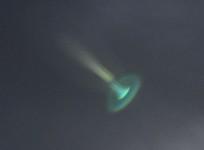
LATEST UFO Sighting: 4 mysterious objects spotted in Canada's Brandon city! [VIDEO]
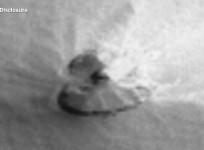
NASA images point towards a UFO crash site spotted on Mars [VIDEO]
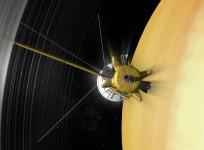
NASA: Cassini is ready to unveil the mysteries of Saturn and its rings! [VIDEO]

[VIDEO] A mysterious fireball has been sighted in the skies over Florida

It’s five years since Curiosity left for Mars – here’s what it found
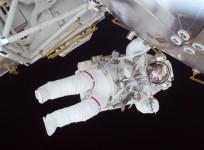
NASA announces Space Poop Challenge to help astronauts take a dump!
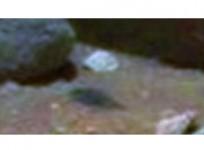
Have a look at this alien object found on Mars!
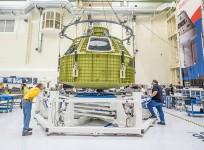
How NASA scientists solved Orion spacecraft's rather unique problem!

UFO sighting: Was a UFO seen taking off from North Carolina's Ayden District Park? [VIDEO]
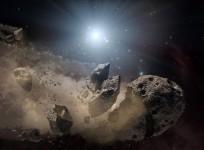
Did the dinosaur-killing asteroid make Earth's surface act like liquid?
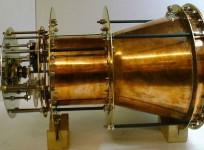
NASA's EmDrive spacecraft can be a success: Study

SPOTTED: Is that a fleet of UFOs taking off from the moon? [VIDEO]

Mysterious blue sphere spotted zooming past Sun by NASA satellite
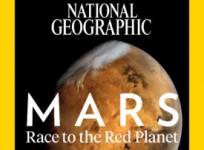
Mangalyaan's image of Mars makes it to National Geographic cover
Advertisement
Advertisement













